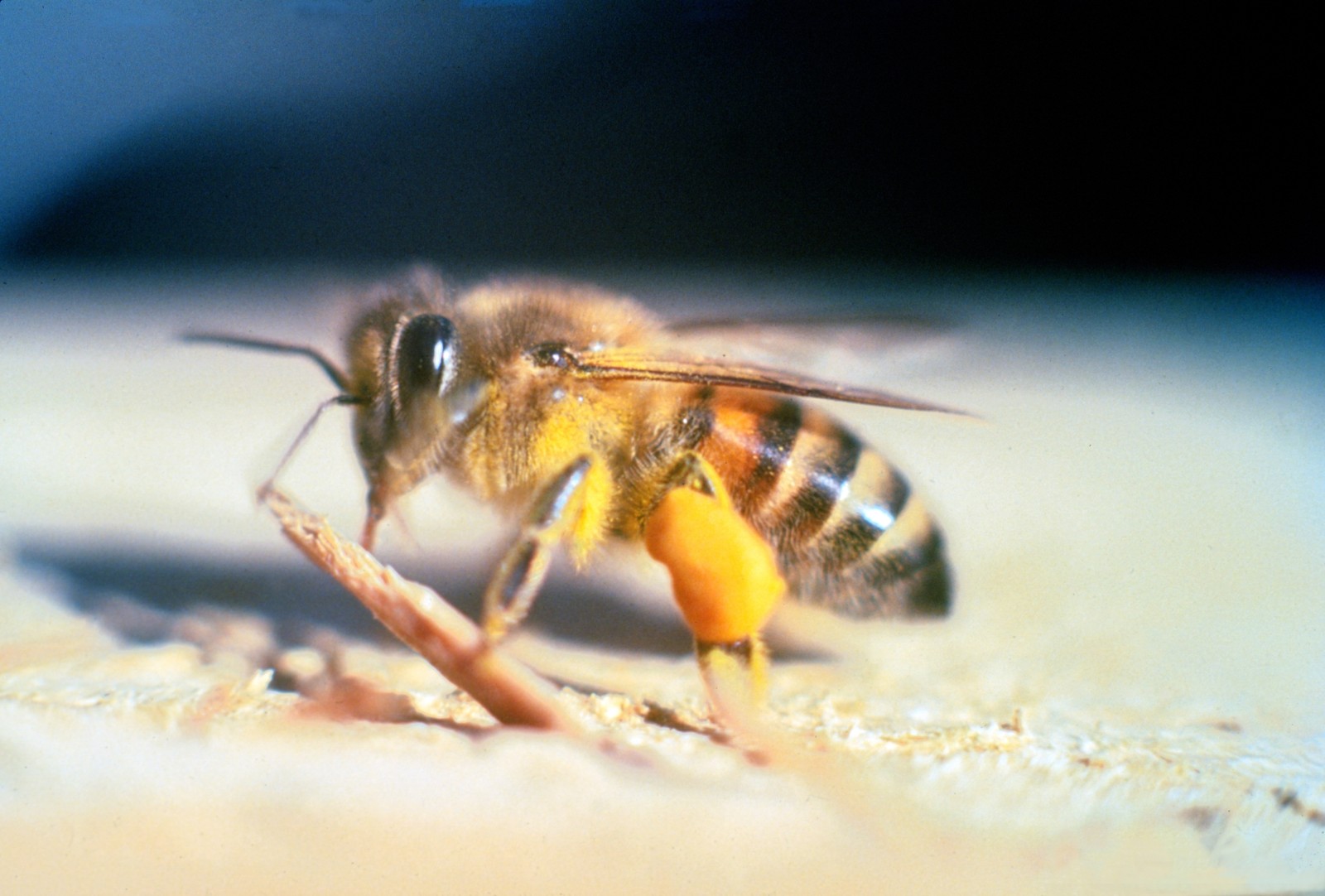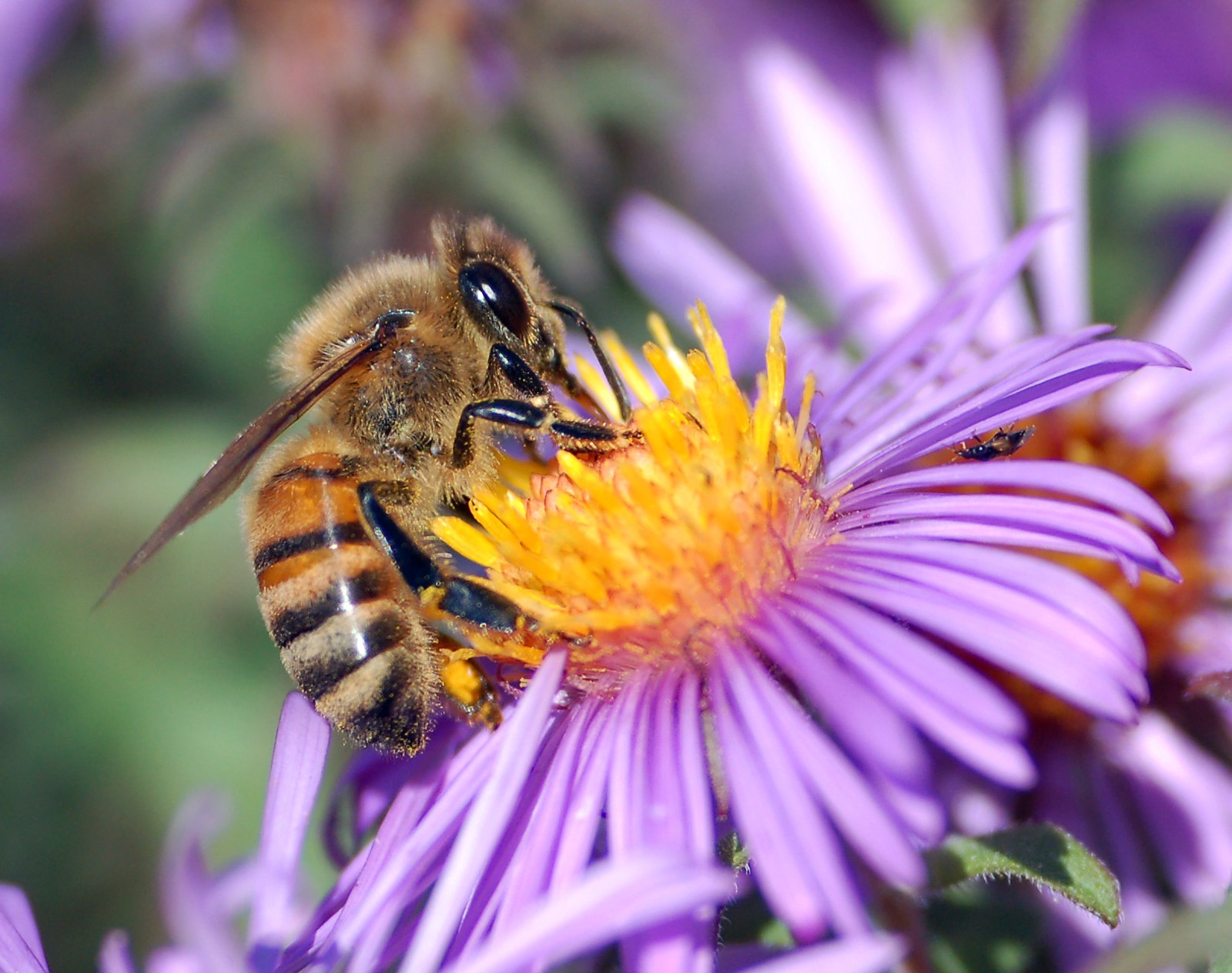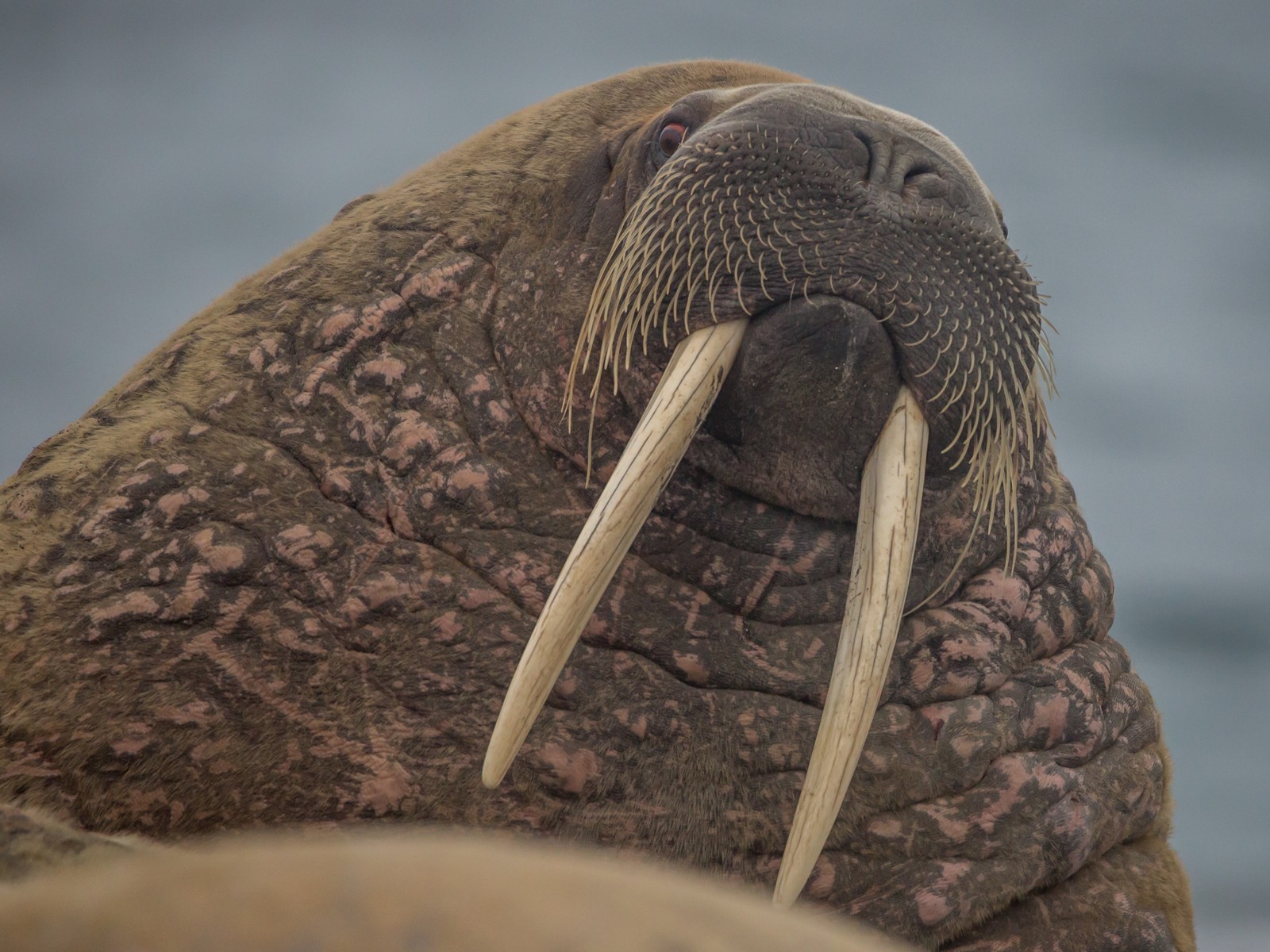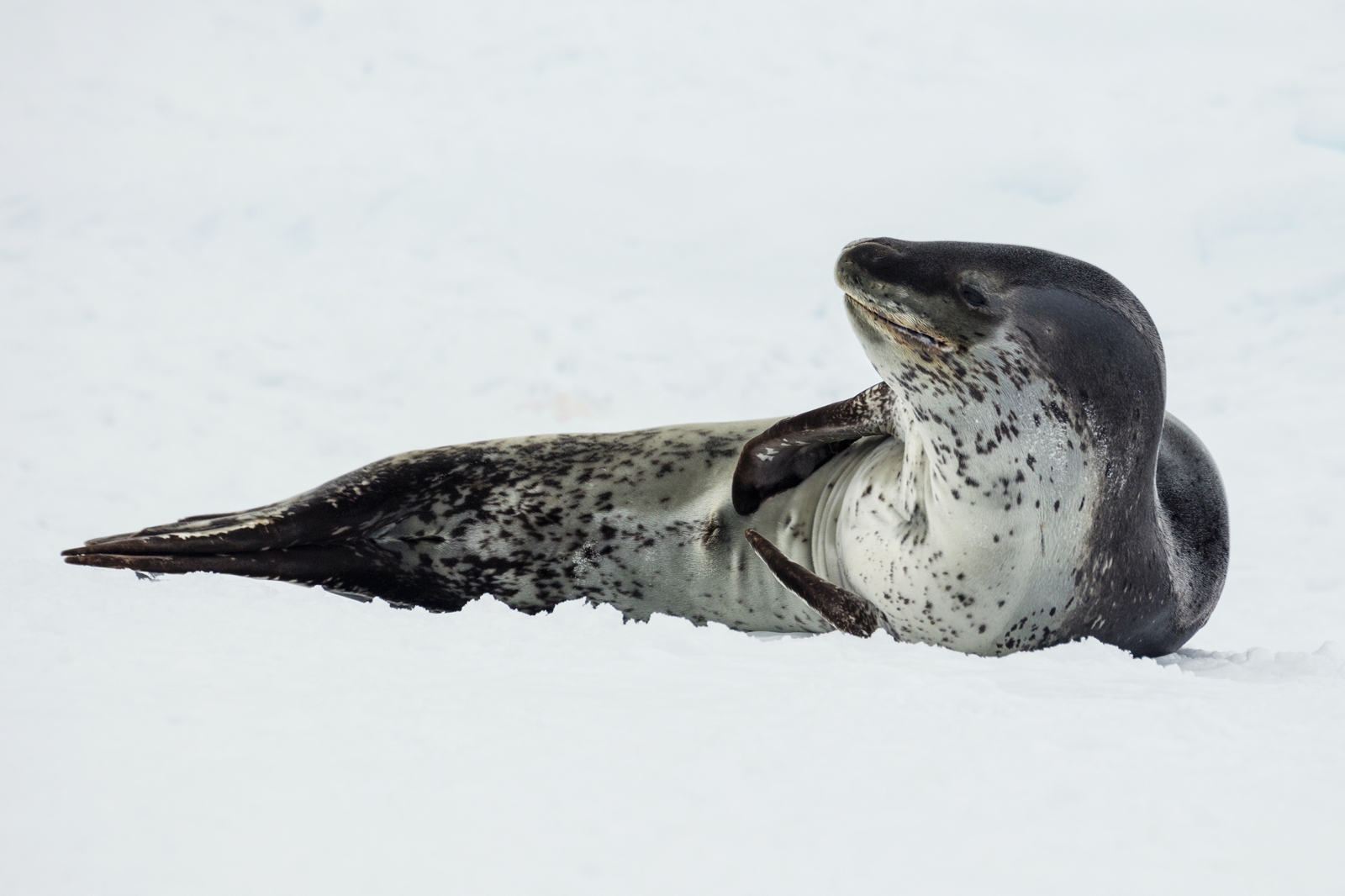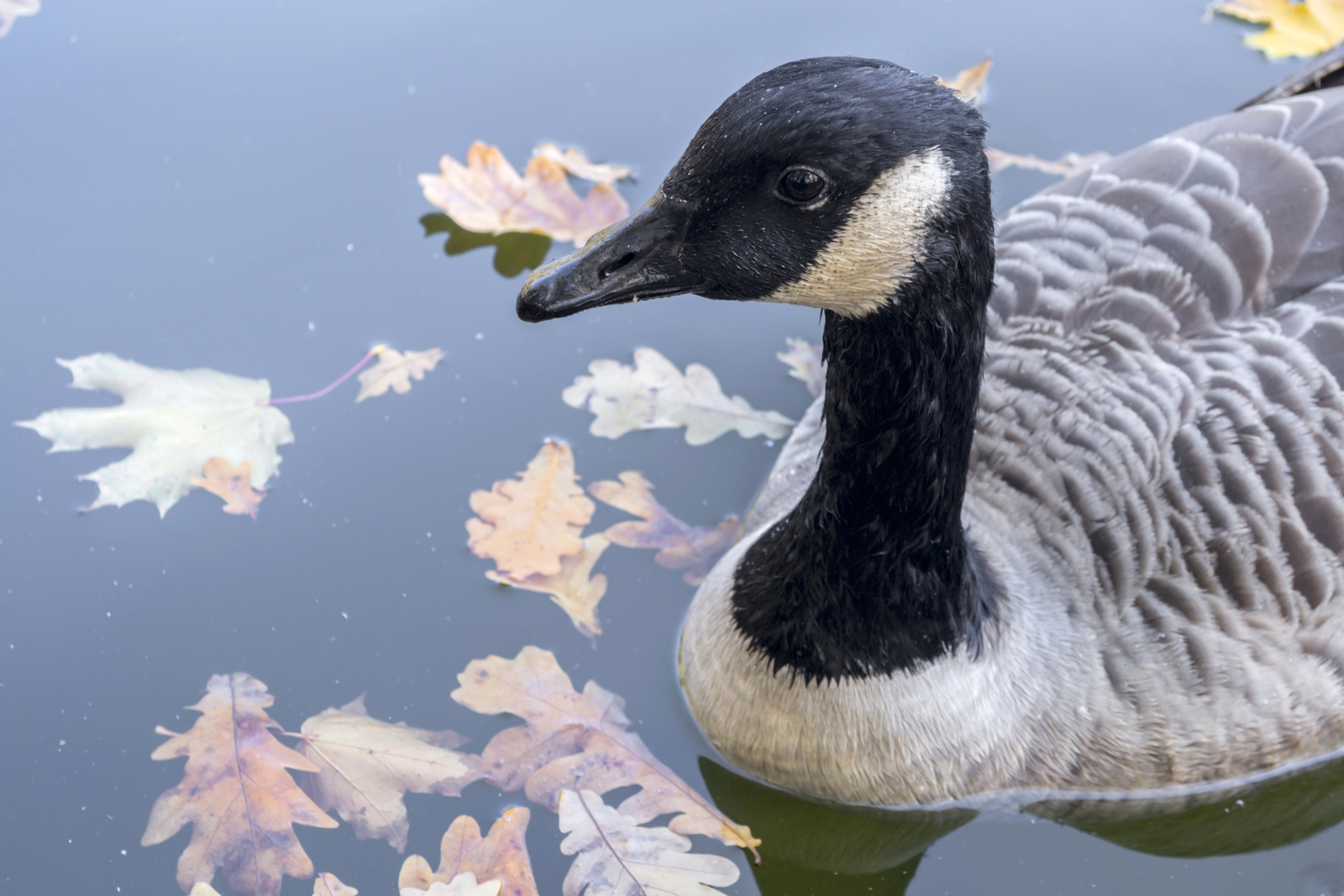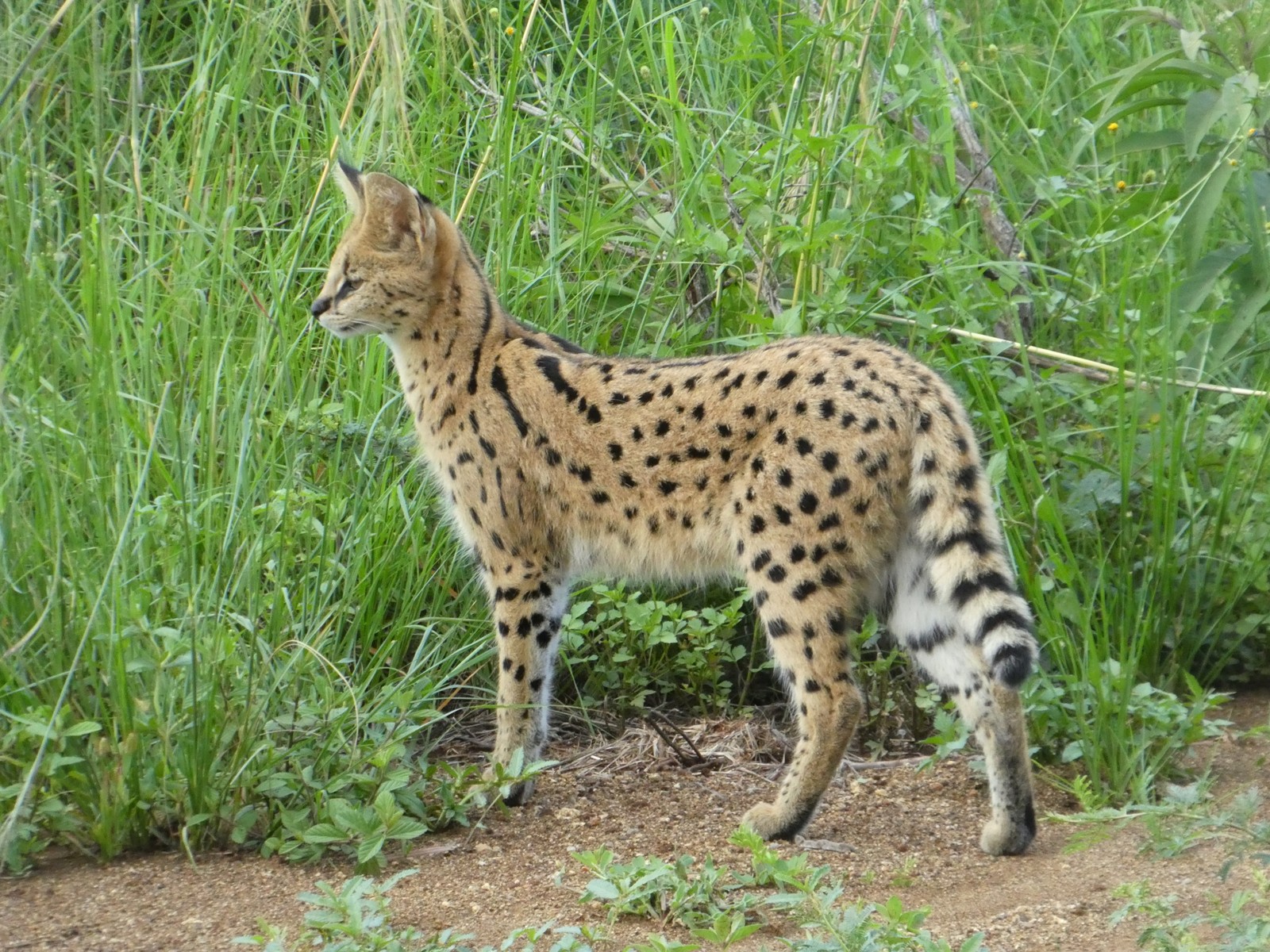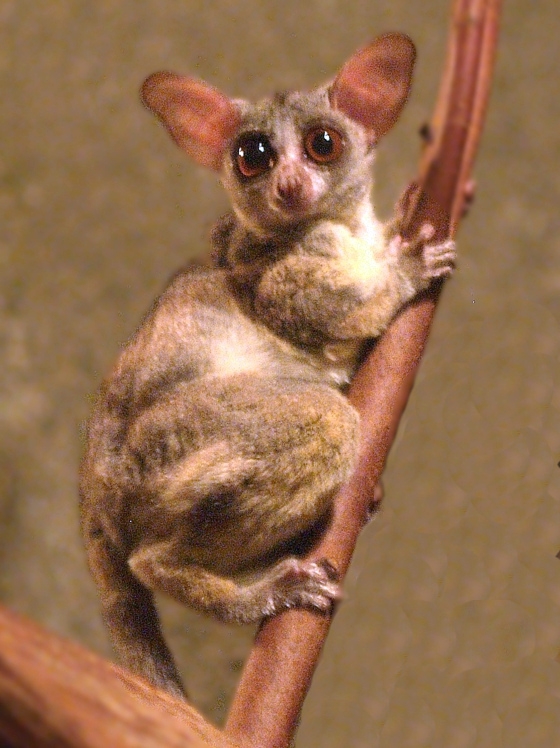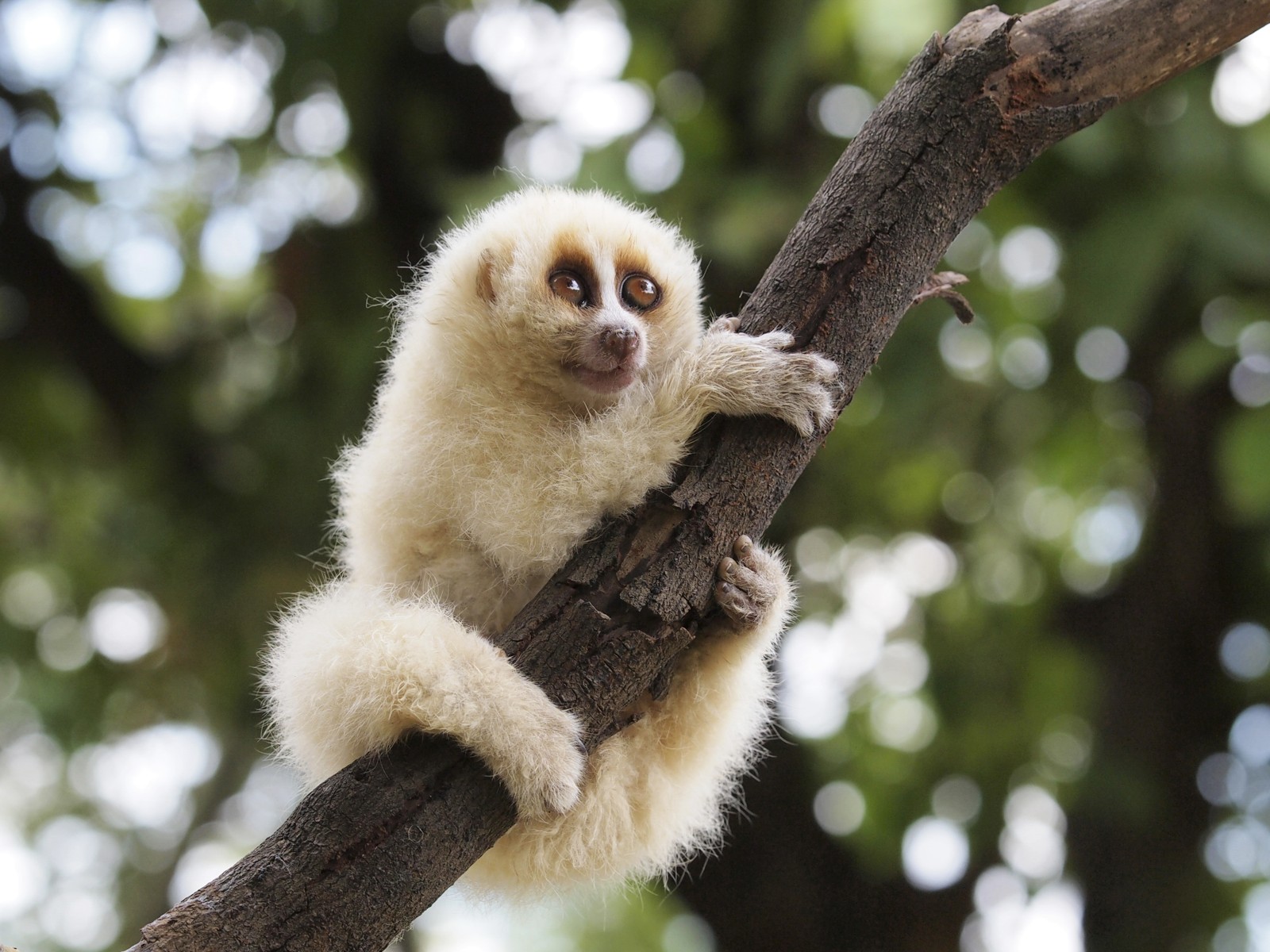Axolotl vs Mudpuppy: A Complete Comparison
While Axolotls and Mudpuppies might appear similar at first glance, these fascinating aquatic salamanders have distinct characteristics that set them apart. Axolotls (Ambystoma mexicanum) are native to Mexico and reach lengths of 20-30 cm (8-12 inches), while Mudpuppies (Necturus maculosus) inhabit North American waters and can grow up to 40 cm (16 inches) in length.
The most striking difference between these species lies in their development patterns. Axolotls exhibit neoteny, remaining in a permanent larval state throughout their lives, while Mudpuppies undergo partial metamorphosis while retaining some juvenile features. This fundamental distinction influences everything from their habitat preferences to their care requirements in captivity.
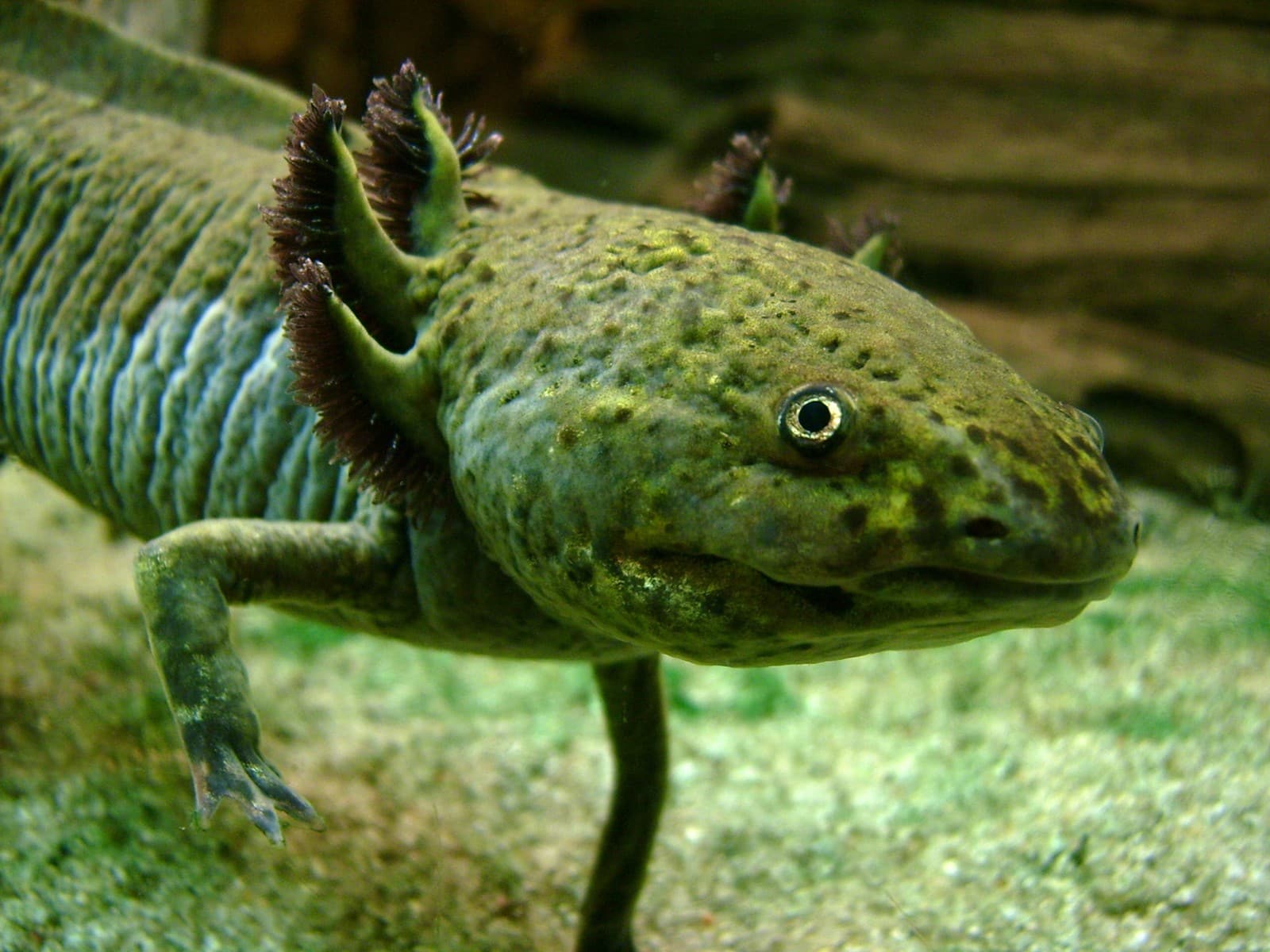
The Mexican Axolotl showcases its distinctive external gills and unique coloration, characteristics that have made it both a fascinating research subject and popular exotic pet. These salamanders are critically endangered in their native habitat, surviving primarily through captive breeding programs.
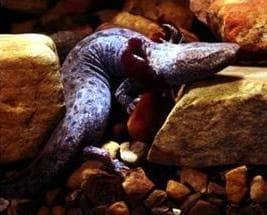
The North American Mudpuppy demonstrates its adaptation to cooler, flowing waters with its more streamlined body and pronounced red external gills. These nocturnal creatures are excellent indicators of water quality in their native habitats.
Key Physical Differences
| Feature | Axolotl | Mudpuppy |
|---|---|---|
| Size | 20-30 cm (8-12 inches) | 20-40 cm (8-16 inches) |
| Coloration | Various (pink, black, albino, golden) | Brown to gray with dark spots |
| Gill Structure | Larger, more feathery | Smaller, bright red |
| Habitat | Still, freshwater lakes | Rivers and streams |
| Temperature Preference | 16-18°C (60-64°F) | 7-21°C (45-70°F) |
| Lifespan | 10-15 years | 20-30 years |
Habitat and Distribution
Axolotls are endemic to the freshwater lakes and canals of Xochimilco, Mexico City, preferring calm, clear waters with plenty of hiding spots. Their natural habitat has been reduced to less than 1% of its historical range. In contrast, Mudpuppies have a vast distribution across eastern North America, from southern Canada to Georgia, thriving in rivers, lakes, and streams with moving water and rocky substrates.
Behavioral Differences
While both species are primarily nocturnal, their hunting and social behaviors differ significantly. Axolotls are more gregarious, often tolerating others of their species in close proximity, especially in captivity. Mudpuppies tend to be more solitary and territorial, particularly during breeding season. Both use a combination of sight and smell to locate prey, but Mudpuppies show a stronger preference for live food and are more active hunters.
Conservation Status
The wild Axolotl population has declined by more than 90% over the past three decades, leading to their critically endangered status. Primary threats include urban development, water pollution, and introduced predatory fish. Mudpuppies, while more widespread, face challenges from habitat degradation and water quality issues but maintain stable populations across much of their range.
Care in Captivity
When considering Axolotls vs Mudpuppies as pets, several key factors come into play:
- Axolotls require more stable water temperatures and are less tolerant of fluctuations
- Mudpuppies need stronger water filtration and prefer cooler temperatures
- Both species require UVB-free environments and careful water quality management
- Axolotls are generally easier to breed in captivity
- Mudpuppies typically live longer but require larger habitats
Who Would Win in a Natural Encounter?
While these species would rarely interact in nature due to different habitat preferences, Mudpuppies generally possess advantages in terms of size and bite force. However, neither species is naturally aggressive toward others of similar size, preferring to avoid confrontation in favor of escape when threatened.
The true measure of these remarkable salamanders lies not in theoretical confrontations but in their unique adaptations and contributions to their respective ecosystems. Both serve as important indicators of environmental health and continue to fascinate scientists studying regeneration and development in vertebrates.
